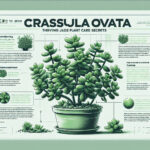Introduction to Crassula Ovata
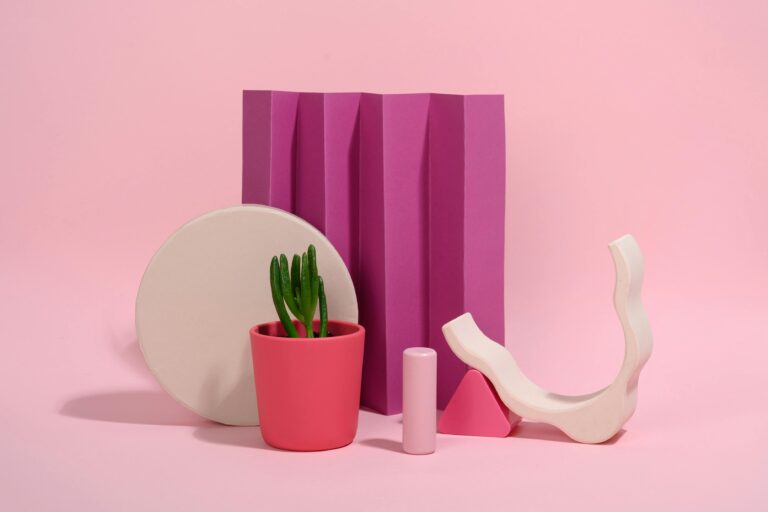
Welcome to the enchanting world of Crassula Ovata, also known affectionately as the jade plant. Native to South Africa, this succulent is renowned not just for its lush, emerald green leaves that resemble precious stones, but also for its resilience and ease of care. Yet, the secret to a jade plant’s success lies greatly in mastering one aspect: watering.
Imagine your Crassula Ovata as a miniature tree, with a thick, woody stem that gives way to a splendid crown of glossy leaves. Each leaf, plump with water reserves, provides the plant its characteristic robust appearance. The succulent’s ability to store water in its foliage is a tribute to its evolution in arid conditions, allowing it to thrive during long periods without a drink. However, this adaptive feature also means that learning when to water your Crassula Ovata is critical to prevent over-watering and ensure a long, healthy life for your green companion.
In a real-life scenario, consider the plight of an over-zealous plant parent who, out of love, drenches their Crassula Ovata daily. Ironically, this well-intentioned act can lead to root rot, much like over-watering a resilient cactus. Conversely, neglecting your jade plant and leaving it bone dry for months might leave it thirsting for more. The balance is key, and achieving that sweet spot of hydration will make all the difference.
Understanding proper watering is foundational for your Crassula Ovata’s growth and health. Let’s dive in and uncover the watering secrets that will turn you into a sage of succulent care. By following these insights, you won’t just keep your Crassula Ovata alive; you’ll empower it to flourish, making it the envy of the neighborhood!
Knowing Your Jade Plant
You might look at your Crassula ovata and think it’s just sitting there, casually soaking up the sun. But hold on! There’s a lot more going on beneath the surface. Much like a camel trekking through the desert, the jade plant has adapted to store water in its thick, glossy leaves. The result? A succulent that can endure long periods without a drink.
Let’s paint a picture here: imagine a water tower, standing firm and tall, holding its reserve for the dry spell ahead. Similarly, your jade plant is a master at hoarding moisture for the not-so-rainy days, making it your low-maintenance companion in the plant kingdom. This capacity for storing water allows your jade plant to survive even if you forget to water it for a bit. It’s nature’s version of a savings account, ensuring the plant’s survival in unpredictable conditions.

In the wild, Crassula ovata doesn’t get a regular schedule of watering. It relies on the sporadic gifts from the skies. And yet, it thrives! Your home environment is no Saharan desert, but the wisdom of the wild remains true. Keep in mind, though, the jade plant’s drought tolerance doesn’t mean it wants to live in perpetual thirst. It’s all about striking the right balance.
While you’re exploring the wonders of keeping your jade plant hydrated, don’t miss out on our guide on cultivating a blissful indoor garden with thriving Crassula plants. It’s chock-full of insights that will transform your foliage into the envy of every plant parent on the block.
Understanding the water storage superpowers of Crassula ovata is crucial in caring for this succulent. With this knowledge, you are now equipped to be a true jade plant whisperer, attuned to its needs and rhythms. Remember, like a water tower amid the urban sprawl, your jade plant stands resilient, its leaves a testament to survival and endurance.
Deciphering the Watering Schedule
Unlocking the secret to a perfectly watered Crassula Ovata isn’t just about sticking to a rigid schedule; it’s an art that combines astute observation with a deep understanding of the plant’s environment. Let’s dive into a world where your jade plant’s thirst is quenched just right.
Your Crassula’s watering needs are as unique as a fingerprint, influenced by an array of factors such as the pot’s size—a cozy home requires a different approach compared to a spacious abode. It’s a balancing act; too little water and your plant will wither, too much and its roots might drown.
Soil type is the stage on which your watering routine is set. Fast-draining soil means quicker thirst, while clay-heavy mixtures can hold moisture longer than a sponge in a rainstorm, reducing the need for frequent waterings.
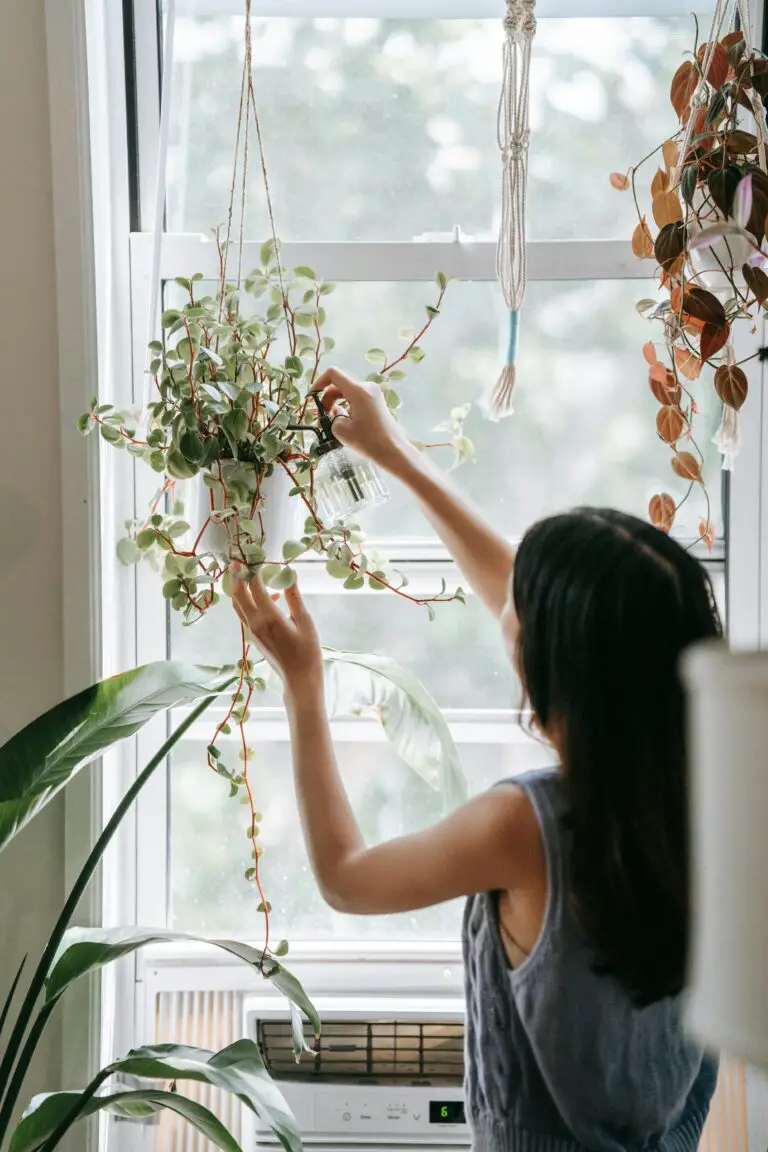
Imagine you are the conductor of an orchestra, where the instruments are the environmental conditions that play a significant role in the watering symphony. The intense summer heat beckons for more water, much like a parched traveler in a desert, while the cooler winter months whisper for moderation.
Seasonal shifts are like a four-act play, and your Crassula is the protagonist adapting to each scene. As the seasons turn, the plot thickens with changing water needs, crafting an ever-evolving narrative that requires your careful attention to detail.
The savvy plant parent knows that a robust care routine extends beyond mere watering to a holistic nurturing of their green companion. It demands a watchful eye and a tender touch, for the thriving jade plant is not just a pet project, but a living testament to the art of gardening.
Signs Your Crassula Ovata Needs Water
Have you ever found yourself staring at your Crassula Ovata, wondering if it’s time to give it a drink? Understanding the thirst signals of your jade plant is crucial for its well-being. We’re diving into the telltale signs that it’s time to water this succulent charmer.
Picture this: The once plump, glossy leaves of your Crassula Ovata begin to wrinkle and lose their turgidity. It’s as if they’re whispering for a splash of water to restore their vivaciousness. Leaf shriveling is a clear SOS from your plant, indicating that it’s time to quench its thirst.
Another signal is the desert-like dryness of the soil. Stick your finger an inch into the potting mix. If it feels like you’ve just touched the surface of Mars—dry and devoid of moisture—it’s a green light to water your jade plant.
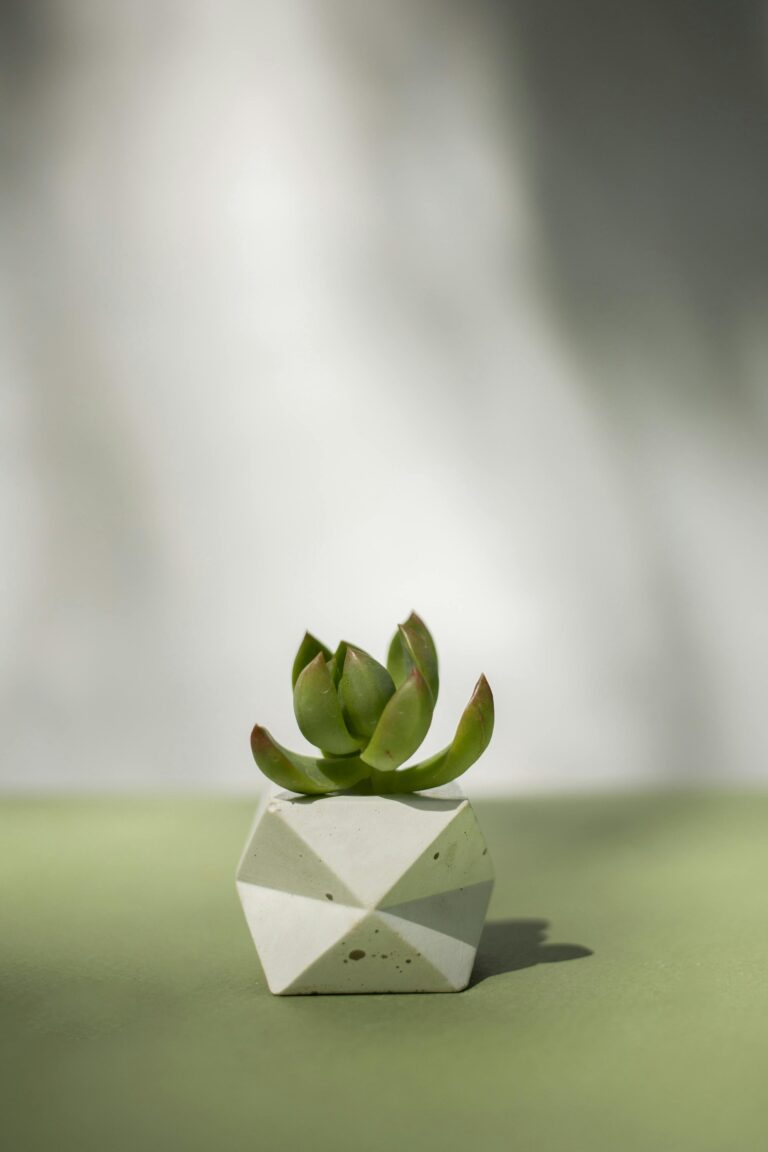
Lastly, consider the weight of the pot. An unexpectedly light pot can signal that the reservoir of moisture has been depleted. Learning to gauge the weight difference with practice can turn you into a watering wizard for your jade plant.
Now, let’s be clear, your Crassula Ovata doesn’t want to swim! Overwatering can lead to root rot and other soggy situations. For more tips on striking the perfect balance and mastering the art of succulent care routine, you know where to find guidance. Recognizing these signs will ensure your Crassula Ovata continues to thrive, showcasing its verdant beauty. Happy hydrating!
Avoiding Overwatering Pitfalls
As the proud caretaker of a Crassula ovata, commonly known as the Jade Plant, it’s essential to recognize that while this succulent is as robust as they come, it does have an Achilles’ heel: too much H2O. Overwatering is the silent plant killer that creeps up like unwanted weeds in your garden. Indeed, many-a-Jade have met their untimely demise through the well-meaning but ultimately soggy overtures of an overzealous water can.
Visualize the scene: you’re lovingly tending to your green friend, and without realizing it, you’ve doused it in what might as well be a miniature monsoon. The consequences? A less than picturesque outcome. The soil becomes waterlogged, the robust green leaves start to take on a sickly yellow hue, and the roots—those vital lifelines—begin to decay in what can only be described as an underwater nightmare for a plant that prefers arid conditions.

Picture this: one week your Jade Plant is the epitome of indoor plant perfection, and the next, it seems to be on a one-way trip to droopsville. Root rot is to blame. This insidious condition doesn’t knock on your door and introduce itself; it sneaks in. By the time your plant’s leaves have that tell-tale yellow tinge and feel mushy to the touch, it’s an all-hands-on-deck situation. Let that be a cautionary tale that not all plants can swim, especially your Crassula ovata.
It’s not just about the visible symptoms; the effects of overwatering go deeper than the eye can see. Soggy soil suffocates the roots, depriving them of the oxygen they need. It’s the equivalent of trying to breathe through a water-soaked pillow. Your Crassula ovata is gasping for air, and without intervention, it’s a downhill spiral. Ensuring proper drainage and mimicking its natural, drier habitat can turn the tide, giving your plant the fighting chance it deserves to bounce back to its former succulent splendor.
In the world of Crassula ovata care, it’s better to err on the side of parched than to lovingly drown your botanical buddy. Remember, these plump-leafed plants are the camels of the flora universe, equipped to survive with less than you might think. So, take a step back, check the soil, and ensure your watering routine is an oasis, not a flood, for your cherished Jade Plant.
Proper Watering Techniques
Crassula ovata, also known as the Jade Plant, has a reputation for being an easy-to-care-for houseplant — but even the hardiest of plants need a little love when it comes to hydration. Mastering the art of watering not only keeps your Crassula ovata chipper but also ensures a lush, vibrant display of green. Say goodbye to guesswork and hello to hydration harmony with these savvy watering methods tailored for your succulent sidekick.
The Soak and Dry Technique: Timing is Everything
Imagine a desert downpour followed by weeks of sunshine — that’s the rhythm your Jade Plant craves. Employ the ‘soak and dry’ method to mimic this natural pattern. Drench the soil thoroughly, allowing water to flow freely from the drainage holes. Then, like a desert awaiting the next storm, wait until the soil is bone-dry before watering again. This wait can range from weekly to monthly, depending on the season and environment, a true testament that in the plant world, patience is indeed a virtue.
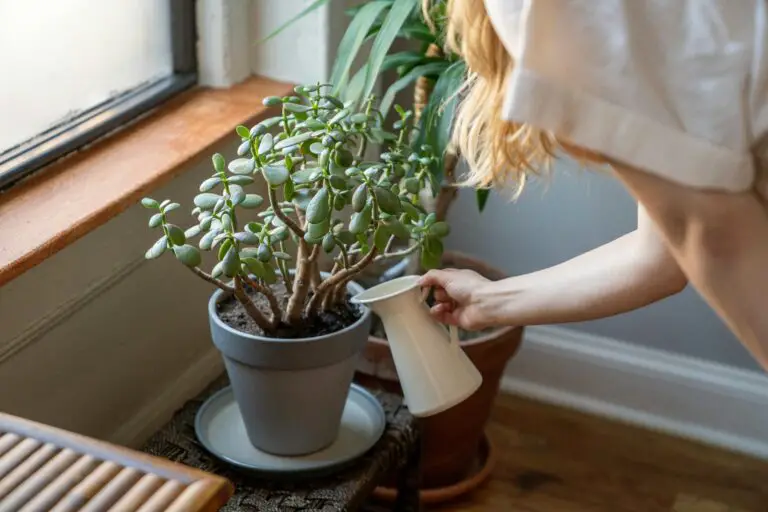
Bottom Watering
For those who have seen their share of overwatered disasters, bottom watering might sound like a secret handshake among gardeners. It’s a technique where your Crassula ovata, pot and all, is placed in a shallow dish of water. Capillary action allows the soil to absorb moisture from the bottom up, quenching the plant’s thirst without the risk of overwatering. After a good 30 minutes to an hour of soaking, remove the pot and let any excess water drain away. In the world of watering, this is a backdoor tactic for keeping roots cozy and dry topside.
Guided by Real-Life Insight
Recall that time you left your thriving Jade under the care of a well-meaning but neglectful friend. When you returned, you found it wilted and longing for a drink. There’s a life lesson here: your Crassula ovata will speak to you through its plump or puckering leaves. Keen observation and a little hands-on experience guide you to when it’s thirsting for a drink or when it’s best to hold off. Unlike your inattentive friend, respond to these subtle cues, and you’ll cultivate not only a verdant buddy but also a spot-on watering sixth sense.
By incorporating these methods, you’ll transform watering from a chore into a nurturing ritual that fosters a robust Crassula ovata. It’s the simple, yet purposeful, attention to detail that turns a plant owner into a plant connoisseur. Water wisely, and watch as your Jade plants bask in the glow of perfect hydration.
Seasonal Adjustments to Watering
As the seasons turn and temperatures swing, your Crassula ovata, the resilient yet delicate jade plant, calls for a watering schedule that adapts to its changing needs. By tuning into the rhythms of the year, you can keep your succulent friend hydrated just right—ensuring a lush, verdant companion through every month.

Let’s dive into the art of quenching your jade’s thirst during the fluctuating seasons. Spring ushers in vigorous growth, and with longer days of sunshine, your plant will be guzzling up water at a faster clip. It’s time to get generous with the watering can but always remember—the golden rule is to allow the soil to dry out between sessions fully. Picture a refreshing April shower followed by the sun coaxing the earth’s moisture back into the air—this is the cycle you want to emulate.
As we glide into the balmy embrace of summer, the scenario alters slightly. The Crassula ovata’s appetite for moisture might remain hearty, but the increased evaporation due to the sizzling heat means more frequent drinks are in order. Imagine your plant as a beachgoer on the hottest day of the year—they’ll need a steady supply of water to keep cool and prevent wilting, or in your jade’s case, to prevent its delicate leaves from shriveling.
Autumn signals a slow descent into dormancy for your Crassula ovata. Those vivid green leaves will still need sustaining, but as the temperature cools, so does the need for water. Think of this period as preparing your plant for a restful slumber—you wouldn’t down a big glass of water right before bed, and neither should your jade. Gradually reduce watering frequency, keeping the soil slightly drier than in the throes of summer.
Finally, winter brings the resting phase, and your watering diligence can relax. With lower light levels and a chilled environment, your Crassula ovata will sip rather than guzzle. Envision a hibernating bear—it stocks up before the big sleep but doesn’t graze during. Your jade is similar: overwintering requires minimal watering, just enough to prevent the soil from becoming arid, akin to a light dusting of snow in a season of stillness.
Through keen observation and a feel for the seasons, you’ll master the ebb and flow of watering your Crassula ovata. Keep a watchful eye on your green charge, and with each passing year, you’ll become more attuned to its seasonal symphony.
FAQs on Watering Crassula Ovata
Ever peered at your Jade Plant, wondering if it’s thirsty? Despite their hardy demeanor, Crassula Ovata, also known as Jade Plants, have both subtle and vocal ways of telling you it’s time to water them. Let’s dive into the ocean of questions that plant enthusiasts, like you and me, often ponder about quenching the thirst of these succulent beauties.
How Often Should You Water Your Crassula Ovata?
Imagine your Jade Plant as the camel of the plant kingdom—it stores water in its luscious, green leaves. Thanks to this superpower, watering them too frequently is a no-go. A good rule of thumb is to water them every 2 to 3 weeks, depending on the humidity and temperature of your home. In the scorching heat of summer, they might signal for a drink a bit more often, but during winter’s chill, they prefer to sip less frequently.
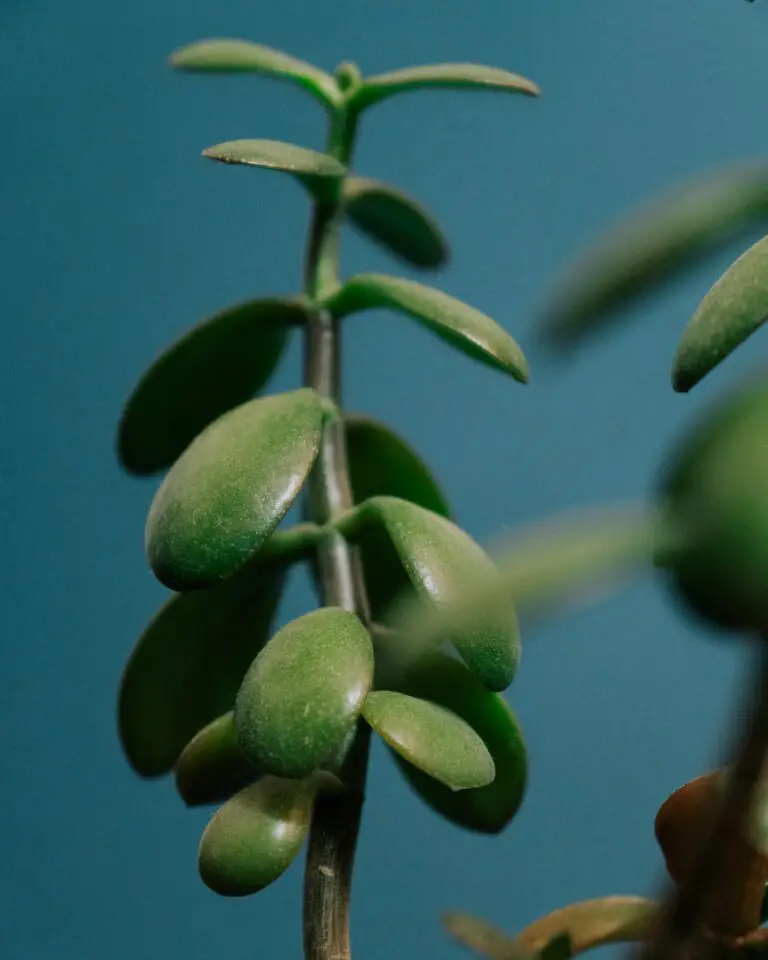
Signs of Thirst: Does Your Crassula Ovata Need Watering?
Interpreting the plant’s body language is key. Wrinkled or shriveled leaves aren’t a fashion statement—they’re a distress signal. When the once-plump leaves start resembling raisins more than grapes, it’s a clear sign that your Crassula Ovata is parched and craving hydration. On the palm test, if the soil feels as dry as a desert for the top couple of inches, it’s time to grab the watering can.
What’s the Best Way to Water a Jade Plant?
Cue the rainforest sounds, because it’s all about simulating a gentle downpour. Allow the water to soak the soil thoroughly, ensuring it reaches the root’s level without leaving the pot swimming in a pool of water. Excess water should be able to escape through the pot’s drainage holes to avoid soggy conditions that can lead to root rot—every plant’s nightmare.
Troubleshooting Water Woes: Why Is My Jade Plant Drooping?
No need to raise the alarm just yet! Drooping can be the plant’s cry for help, signalling either over or under-watering. If you’re certain the watering frequency is spot on, consider the drainage setup of your pot. Ensuring your potting mix isn’t retaining excessive moisture and that container has proper drainage can often lift the spirits (and leaves) of your droopy Crassula Ovata.
Expert Tips for Prime Plant Hydration
Lastly, let’s sprinkle some expert advice into the mix. Water your Crassula Ovata with room temperature water to avoid shocking its system. Remember the feeling of an unexpected ice-cold shower? Your plant feels the same about chilly water. Also, consider the type of water. Tap water can contain minerals that build up in the soil over time. Using filtered or rainwater can keep your Crassula Ovata as content as a plant on a sunny sill.
